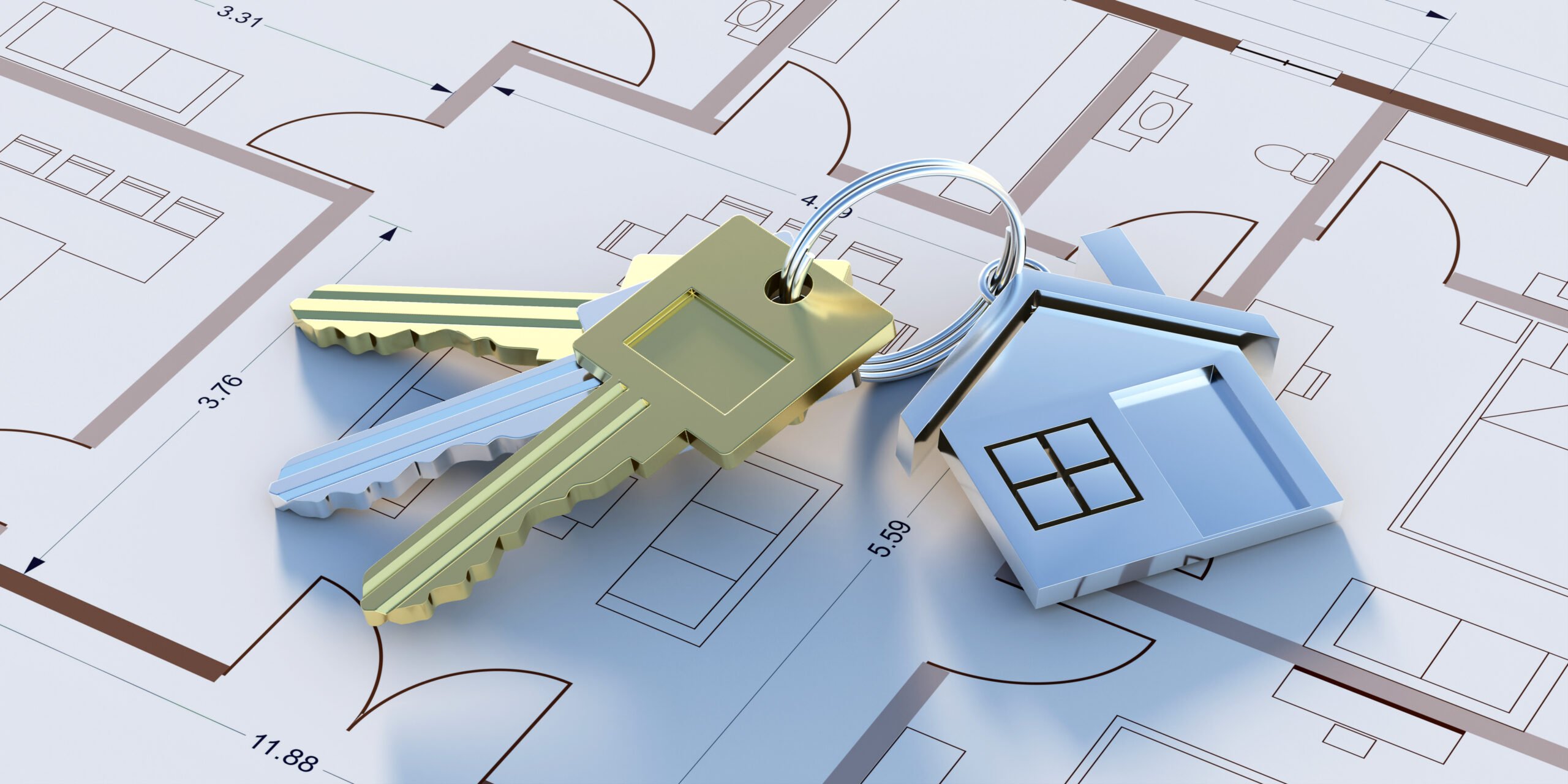Texas, known for its vast landscapes and booming cities, has long been a magnet for new residents and businesses. This population influx has spurred significant growth in the home construction industry. However, this growth has been marred by troubling practices and regulatory gaps that leave homeowners vulnerable.
The Licensing and Regulation Void
Unlike many states, Texas does not require home builders to be licensed. This absence of regulation creates a low barrier to entry for aspiring builders, which can lead to a market flooded with inexperienced and unqualified individuals. Homeowners often assume that builders are vetted and trustworthy, but the reality in Texas can be quite different. Without mandatory licensing, there is no standardized measure of a builder’s competence or professionalism, leaving homeowners to rely on personal judgment or word-of-mouth recommendations.
The Texas Residential Construction Commission: A Failed Experiment
In response to growing concerns about home building practices, the Texas Residential Construction Commission (TRCC) was established in 2003. The commission’s mission was to oversee residential construction and offer a resolution process for disputes between homeowners and builders. However, the TRCC quickly became the subject of criticism and controversy.
Critics argued that the TRCC favored builders over homeowners, creating a biased and ineffective regulatory body. The commission’s dispute resolution process was often seen as cumbersome and unhelpful, providing little relief for homeowners facing significant construction defects. Furthermore, the TRCC lacked the authority to enforce meaningful penalties against builders who failed to meet standards, rendering it largely toothless.
In 2009, just six years after its inception, the Texas Legislature voted to abolish the TRCC. This decision left Texas without a dedicated regulatory body to oversee home construction, further exacerbating the issues of poor building practices and lack of accountability.
The Impact on Homeowners
The consequences of these regulatory shortcomings are far-reaching. Homeowners across Texas have reported numerous issues, including:
- Structural Defects: Poorly constructed foundations, framing, and roofing can lead to significant structural problems, making homes unsafe and unsound.
- Water Damage: Inadequate waterproofing and improper installation of plumbing systems often result in leaks and water damage, leading to mold and deterioration.
- Electrical Hazards: Faulty wiring and substandard electrical installations pose serious safety risks, including the potential for fires.
Without a robust regulatory framework, homeowners have limited recourse when they encounter these problems. Legal battles can be lengthy and expensive, and many homeowners find themselves bearing the cost of repairs out of their own pockets.
Moving Forward: The Need for Change
The ongoing issues in the Texas home building industry highlight the urgent need for reform. Establishing a licensing system for home builders would ensure that only qualified and competent individuals can enter the market. Furthermore, creating a new regulatory body with real enforcement power would help protect homeowners and maintain high standards in the construction industry.
Educating consumers is also crucial. Potential homeowners need to be aware of the risks and conduct thorough research before choosing a builder. Checking references, seeking out reviews, and hiring independent inspectors can provide an additional layer of protection.
Conclusion
Texas’ laissez-faire approach to home building has led to a landscape where poor practices can thrive unchecked. The failure of the Texas Residential Construction Commission underscores the necessity for effective regulation and oversight. By implementing stricter licensing requirements and establishing a powerful regulatory body, Texas can ensure that its home building industry serves the best interests of its residents. Until such changes are made, homeowners must remain vigilant and proactive to safeguard their investments and their homes.



